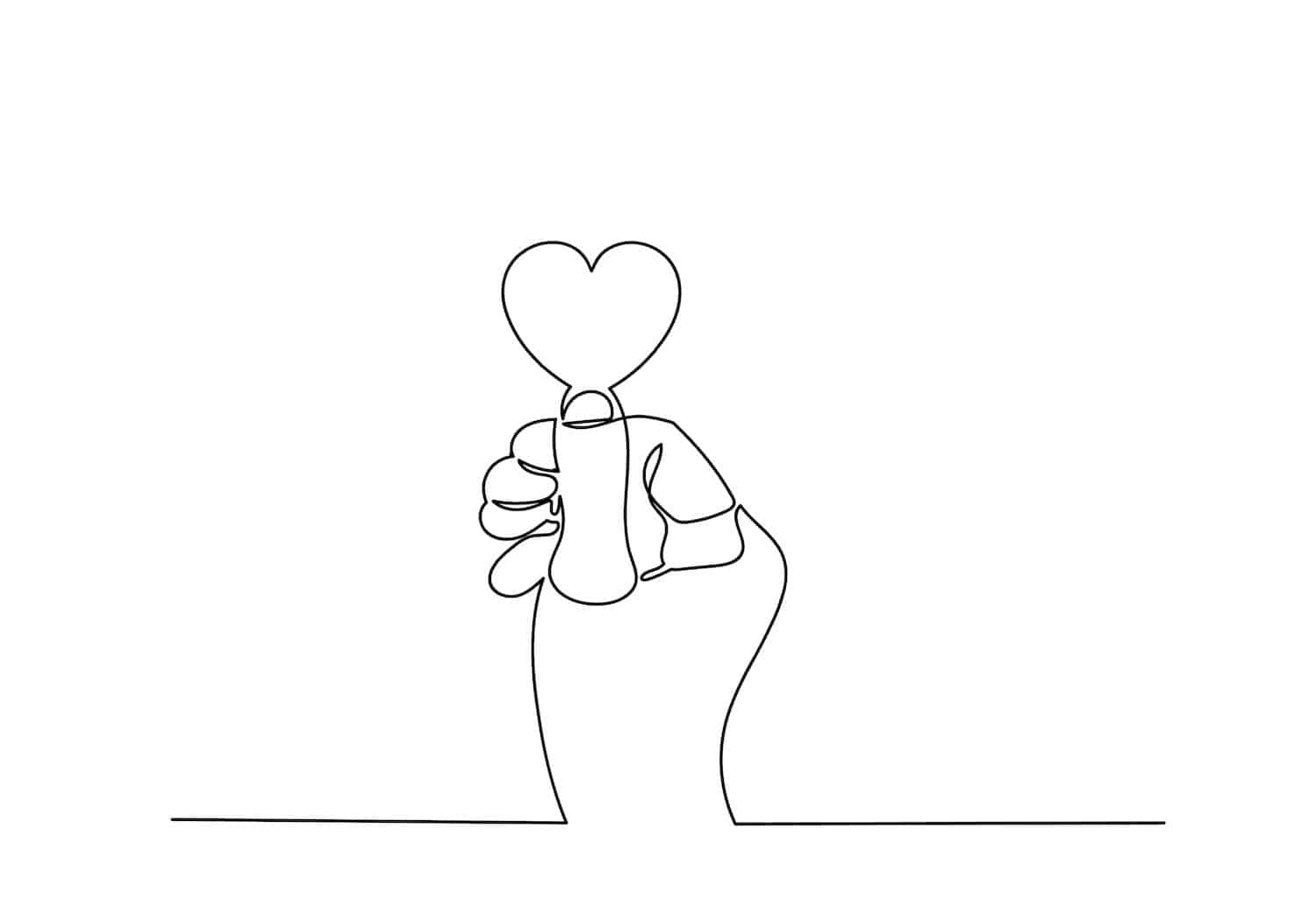The recent deaths of designer Kate Spade and chef Anthony Bourdain have brought suicide and mental illness to the forefront once again. These celebrity deaths are part of a trend showing that suicide rates are on the rise across the globe. Annually, suicides account for nearly one million deaths globally, and U.S. suicide rates have risen almost 30% since 1999, according to the Centers for Disease Control and Prevention (CDC), with each state seeing a rise during the period.
 What are the suicide warning signs?
What are the suicide warning signs?
The following warning signs are associated with suicide, but may not be the cause of death. The more symptoms a person has, the greater the risk.
- Feeling like a burden
- Being isolated
- Increased anxiety
- Feeling trapped or in unbearable pain
- Increased substance use
- Looking for a way to kill oneself
- Increased anger or rage
- Extreme mood swings
- Expressing hopelessness or feelings of no purpose
- Sleeping too little or too much
- Talking or posting about wanting to die
- Making plans for suicide
What are the suicide risk factors?
Suicide is a sign that there is something substantially wrong in someone’s life and they have reached a point where they feel they have no other option. There are several risk factors that make it more likely someone will consider, attempt, or die by suicide.
- Mental disorders, particularly mood disorders, anxiety disorders, and certain personality disorders
- Alcohol and other substance use disorders
- Hopelessness
- Impulsive and/or aggressive tendencies
- History of trauma or abuse
- Major physical illnesses
- Previous suicide attempt(s)
- Family history of suicide
- Job or financial loss
- Loss of relationship(s)
- Easy access to lethal means
- Local clusters of suicide
- Lack of social support and sense of isolation
- Stigma associated with asking for help
- Lack of healthcare, especially mental health and substance abuse treatment
- Exposure to others who have died by suicide (in real life or via the media and Internet)
What is the cause of suicide?
There is not one cause of suicide, in fact, there are many. As noted above, mental disorders, including substance use disorders, that may or may not have been diagnosed and treated can serve as a risk factor. 30% to 70% of suicide victims suffer from major depression or Bipolar Disorder, and individuals suffering from a substance use disorder are six times more likely to successfully commit suicide than those without. According to the CDC, the ongoing increase in suicide rates cannot be linked to one particular mental illness, but many of those who did have a history of mental illness were not receiving treatment at the time of their death.
What can be done about suicide?
Despite rising statistics, stigma still surrounds the discussion of suicide. The first step to stopping this problem is to talk about it; increased education and awareness can save lives. Starting the conversation, providing support, and assisting someone in getting help can prevent suicide.
Individuals contemplating and attempting suicide might be a diverse population. However, they have one thing in common – they have difficulty tolerating and labeling their emotions. Therapeutic approaches have shown to be successful in treating underlying mental disorders associated with suicide attempts.
One approach, Dialectical Behavioral Therapy (DBT) developed by Marsha Linehan, is used to treat individuals with personality disorders who engaged in suicidal behavior. At Lifeskills South Florida, we use 13-week DBT programming in the residential level of care. The weekly group consists of skills introduction, mindfulness, and diary card review.
Lifeskills is fortunate to have Dr. Michelle Quilter leading our DBT Clinical Pathway. Dr. Quilter is one step away from completing the Linehan DBT Supervisor certification process. Upon completion, Dr. Quilter will be one of five in the State of Florida and one of 135 in the U.S. with this certification. Six of fourteen clinicians at Lifeskills have successfully completed intensive DBT training at Behavioral Tech, a Marsh Linehan training center.
“For Lifeskills South Florida, having intensively trained clinicians reinforces, expands, and strengthens our current DBT program. For our clients, it improves the quality of DBT programming that we offer. We strive to ensure our staff is highly trained and responsible in providing comprehensive DBT skills,” says Dr. Lyndsey Karnes.
It is imperative to take signs of suicidal thoughts of a loved one seriously. Below are a few ways to approach the situation:
- Remove means such as guns, knives or stockpiled pills
- Calmly ask simple and direct questions, such as “Can I help you call your psychiatrist?” rather than, “Would you rather I call your psychiatrist, your therapist or your case manager?”
- Talk openly and honestly about suicide. Don’t be afraid to ask questions such as “Are you having thoughts of suicide?” or “Do you have a plan for how you would kill yourself?”
- If there are multiple people, have one person speak at a time
- Ask what you can do to help
- Don’t argue, threaten or raise your voice
- Don’t debate whether suicide is right or wrong
- If your loved one asks for something, provide it, if the request is safe and reasonable
- If you are nervous, try not to fidget or pace
- If your loved one is hallucinating or delusional, be gentle and sympathetic, but do not get into an argument about whether the delusions or hallucinations are real
We must all pay closer attention to how those we love are coping with life, although things may look good on the outside doesn’t mean all is well on the inside. We can all play a part by understanding the issues surrounding suicide and mental health and what we can do to support those that are struggling.




